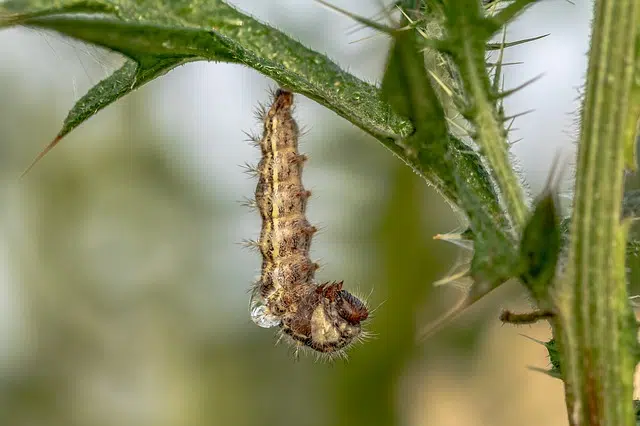
The larva is the juvenile stage of some animals.
The first action that we are going to carry out in order to know the meaning of the term larva is to proceed to establish its etymological origin. In this sense, we would have to say that it emanates from Latin, more precisely from the word "larvus", which can be translated as "evil or specter."
A larva is a certain animal in a state of development , which has already left its egg and can feed itself, but which has not yet developed the form and organization that characterizes the adults of its species.
Characteristics of a larva
It can be said, therefore, that larvae are juvenile stages of species with indirect development . It is possible to differentiate larvae from adults by their physiology and anatomy . In some cases, the larvae are identified with a different name than the adult specimens, such as tadpoles (larvae of frogs and toads) or caterpillars (larvae of butterflies).
The larva can live in a habitat very different from the environment occupied by the adult animal. Mosquito larvae are aquatic and have gills, while adult mosquitoes live in an aerial system and have a tracheal system.
Its use in the field of medicine
In recent years the larvae have taken over the covers of various international media outlets. The reason is that a medical and scientific study has been carried out that has established that it is possible to use live larvae to put an end to certain diseases.
Kenya is specifically where it has been announced that this practice will begin to be carried out, which was already used by man in previous centuries and which apparently allows for the healing of various types of wounds. And the larvae kill the bacteria that worsen the condition of the patient in question. The larvae of worms and green flies seem to be the first ones to start working with.

After metamorphosis, a larva becomes an adult specimen.
The larva and metamorphosis
The process of transformation from larva to adult is known as metamorphosis . It is a complex process that requires internal and external reorganization. It is common for the larva to digest its own tissues and form new organs, activities that it carries out in a resting phase within a shelter. The case of the silkworm or butterfly is known, which develops metamorphosis within silk filaments that it itself produces.
As in all animals, the main difference between a juvenile (a larva) and an adult is the development of the gonads (the reproductive organs that produce gametes).
A Spanish municipality
In addition to all of the above, it must be emphasized that in the Spanish province of Jaén there is a population that curiously receives the name Larva.
The Sierra Mágina region is where it is located, which has about 480 inhabitants and has among its most important historical and cultural heritage the medieval settlement of "El Tejar de los Moros", the Church of San Pedro Apóstol that dates back to from the 18th century or to the Museum of Popular Art and Customs.
